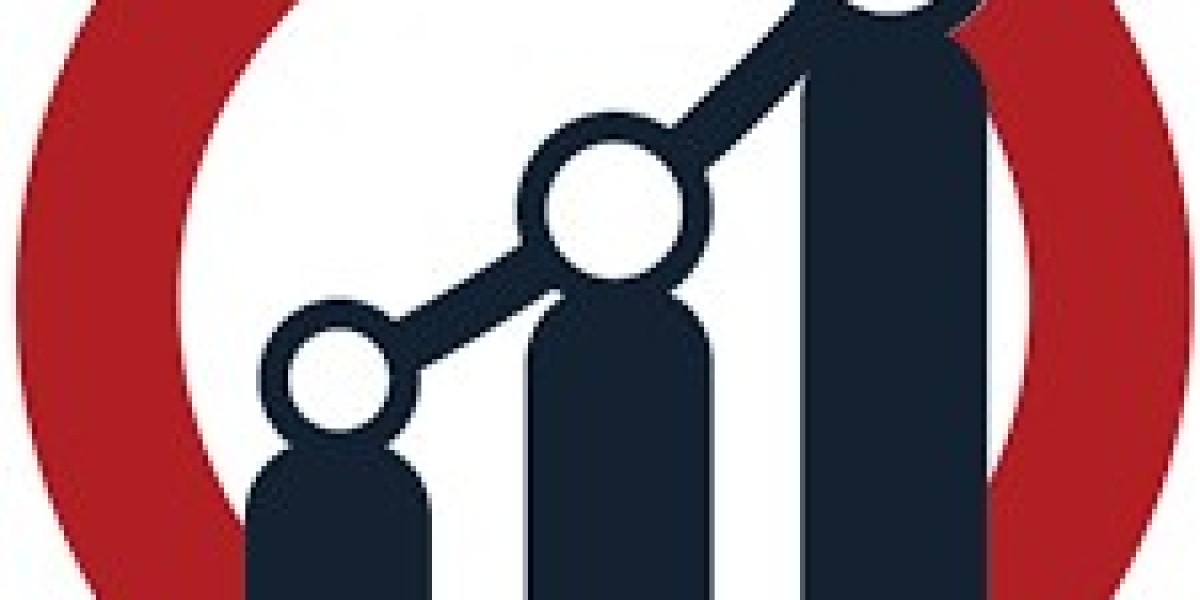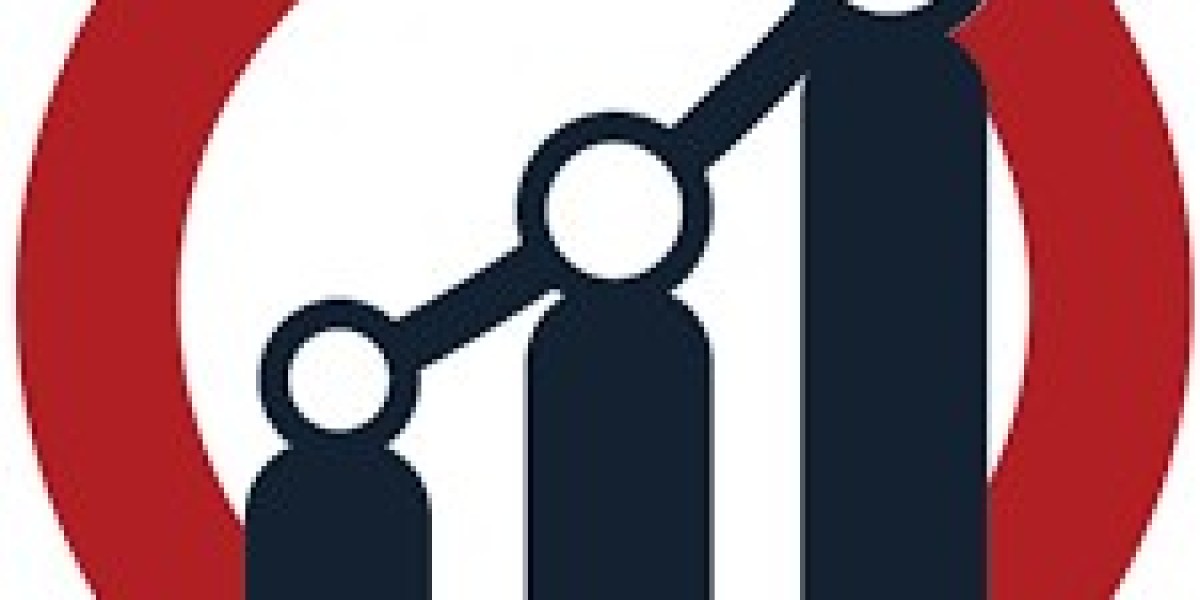The Sobering Reality: Growth in the Alcohol Sensor Market
The global alcohol sensor market is experiencing a significant surge, driven by an escalating focus on public safety, stringent regulations against impaired driving, and a burgeoning demand for advanced detection technologies across various sectors. With a projected value of over USD 5 billion by 2032, this market is set to revolutionize how we monitor and address alcohol consumption in diverse applications, from automotive safety to healthcare and workplace environments.
Driving Forces Behind Market Expansion
Several key factors are propelling the alcohol sensor market forward:
Combating Drunk Driving: The most potent driver for this market remains the persistent global issue of drunk driving. With tens of thousands of fatalities annually attributed to alcohol-impaired driving, governments and safety organizations worldwide are implementing stricter laws and promoting advanced detection systems. Initiatives like the Driver Alcohol Detection System for Safety (DADSS) in the US, which aims to integrate passive alcohol detection into new vehicles, exemplify this commitment.
Enhanced Workplace Safety: Beyond road safety, alcohol sensors are increasingly crucial in ensuring workplace safety, particularly in safety-sensitive industries like transportation, manufacturing, and construction. Companies are adopting alcohol testing programs to mitigate risks, enhance productivity, and comply with occupational safety regulations.
Technological Advancements: Continuous innovation in sensor technology is making devices more accurate, reliable, compact, and user-friendly. Advancements in fuel cell technology, semiconductor oxide sensors, and the integration of these sensors with smart devices and AI are expanding their capabilities and applications.
Growing Awareness and Healthcare Applications: Public awareness campaigns about the dangers of excessive alcohol consumption are fostering a proactive approach to monitoring. Furthermore, alcohol sensors are finding increasing utility in healthcare for monitoring patients in rehabilitation programs, managing chronic alcohol conditions, and even for diagnostic purposes. The healthcare segment is anticipated to be one of the fastest-growing application areas.
Miniaturization and Wearability: The trend towards smaller, more discreet, and wearable alcohol sensors is opening up new avenues for personal monitoring and continuous feedback, promoting responsible drinking habits.
Technological Landscape: Fueling Accuracy and Efficiency
The alcohol sensor market is largely segmented by technology, with semiconductor oxide sensors currently holding the largest market share. These sensors are favored for their cost-efficiency, high reliability, and precision in detecting alcohol vapors, making them ideal for breathalyzers and interlock systems.
However, fuel cell technology is rapidly gaining traction and is projected to be the fastest-growing segment. Fuel cell sensors offer superior accuracy and specificity to alcohol, making them the gold standard for evidential breath testers used by law enforcement. The ability to miniaturize these sensors is also contributing to their increasing adoption in compact devices. Emerging technologies like infrared (IR) spectroscopy and even non-invasive methods utilizing sweat and skin sensors are also being explored, promising even greater convenience and wider applicability.
Key Applications and Regional Dominance
The vehicle controlling application segment currently dominates the market, largely due to the increasing demand for advanced safety features in automobiles and the implementation of alcohol interlock systems. Law enforcement agencies also constitute a significant end-user segment, relying heavily on breathalyzers for roadside testing and evidence collection. The individual consumer segment is also growing, with portable breathalyzers gaining popularity for personal use and responsible decision-making.
Geographically, North America leads the alcohol sensor market, driven by robust regulatory frameworks, a strong emphasis on road safety, and the presence of key market players. However, the Asia-Pacific region is anticipated to exhibit the highest growth rate in the coming years. This growth is fueled by increasing disposable incomes, rising alcohol consumption, growing awareness of road safety, and the implementation of stricter DUI laws in countries like China and India.
Major Players and Future Outlook
The alcohol sensor market features several prominent players, including Drägerwerk AG & Co. KGaA, Giner Labs, Honeywell International Inc., AlcoPro Inc., Intoximeters Inc., BACtrack Inc., Lifeloc Technologies, Abbott Laboratories, and Asahi Kasei Corporation, among others. These companies are actively engaged in research and development, focusing on product innovation, strategic partnerships, and expanding their global footprint to meet the escalating demand.
The future of the alcohol sensor market looks promising, characterized by continued technological advancements, increasing integration with smart systems, and a broadening scope of applications. As societies worldwide prioritize safety and responsible behavior, the role of alcohol sensors will become even more indispensable, making our roads safer, our workplaces more secure, and contributing to overall public well-being.
Related Reports:
South Korea System On Chip Market


